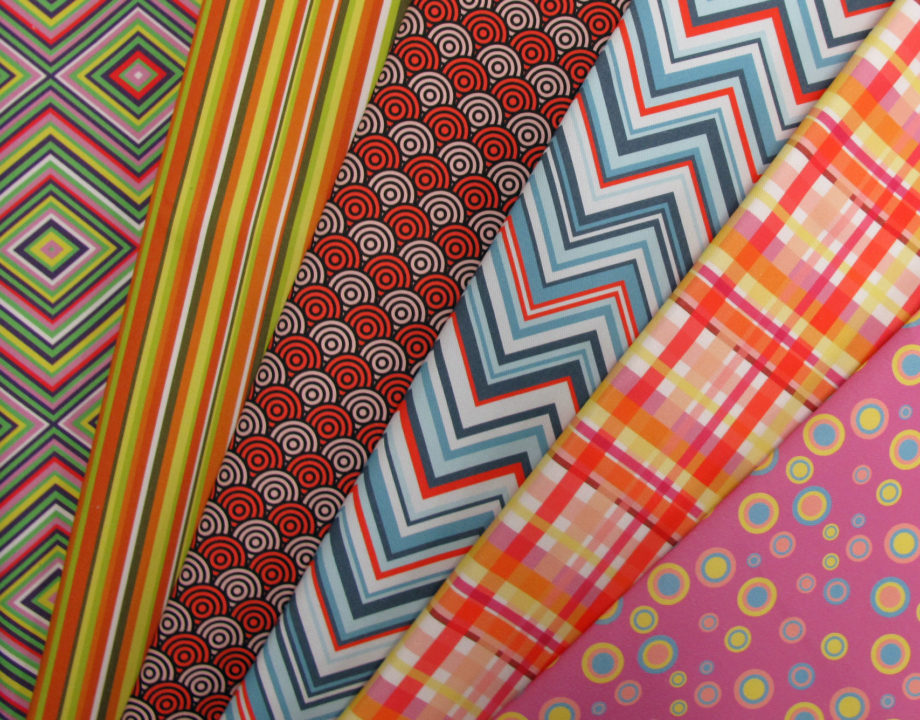
Pigment printing is often considered eco-friendly compared to some other methods of textile printing, primarily due to its reduced environmental impact. Here are several reasons why pigment printing is considered an environmentally friendly choice:
Water-Based Inks: Pigment inks used in pigment fabric printing are typically water-based. Unlike many other fabric printing methods that use solvent-based, water-based inks are much less harmful to the environment. They contain fewer volatile organic compounds (VOCs) and do not release harmful chemicals into the atmosphere.
Reduced Chemical Usage: Pigment fabric printing requires fewer chemical additives than other fabric printing methods. For example, it doesn't require the use of chemicals like emulsifiers, solvents, or fixatives, which are commonly used in processes like dye sublimation or discharge printing.
Minimal Water Consumption: Pigment fabric printing typically uses less water compared to some other textile printing techniques. This is particularly important in regions where water scarcity is a concern. The reduced water usage contributes to lower environmental impact and less strain on local water resources.
Energy Efficiency: Pigment printing processes are often more energy-efficient than some other methods. For instance, dye sublimation printing requires high temperatures, which consume significant energy. Pigment fabric printing, on the other hand, usually involves less heat, reducing energy consumption.
Long-Lasting Prints: Pigment fabric prints are known for their durability and colourfastness. The longevity of pigment fabric prints means that textiles printed with this method are less likely to be discarded or replaced frequently, reducing the overall textile waste generated.

Reduced Waste: Pigment inks adhere well to textiles, resulting in minimal ink waste during the fabric printing process. This reduces the need for excess ink and minimises the generation of hazardous waste materials. In contrast, some other fabric printing methods may produce more waste due to ink spillage or disposal issues.
Compatibility with Sustainable Fabrics: Pigment fabric printing works well with natural and sustainable fabrics like organic cotton, and linen. Using eco-friendly textiles in conjunction with pigment printing enhances the overall sustainability of the product.
Safe for Workers: The use of water-based pigment inks reduces the risk of exposure to harmful chemicals for textile industry workers, contributing to better working conditions and occupational safety.
While pigment fabric printing offers several environmental benefits, it's important to note that the overall sustainability of a textile product also depends on other factors, such as the choice of fabric, responsible manufacturing processes, and responsible disposal or recycling practices. Nevertheless, pigment fabric printing stands out as a more eco-friendly option in the textile printing industry due to its reduced use of harmful chemicals, lower water and energy consumption, and its compatibility with sustainable materials.
Want to hear more about our great fabrics? Check out our fabric guide page. Want to chat to one of our experts? Let’s chat.






